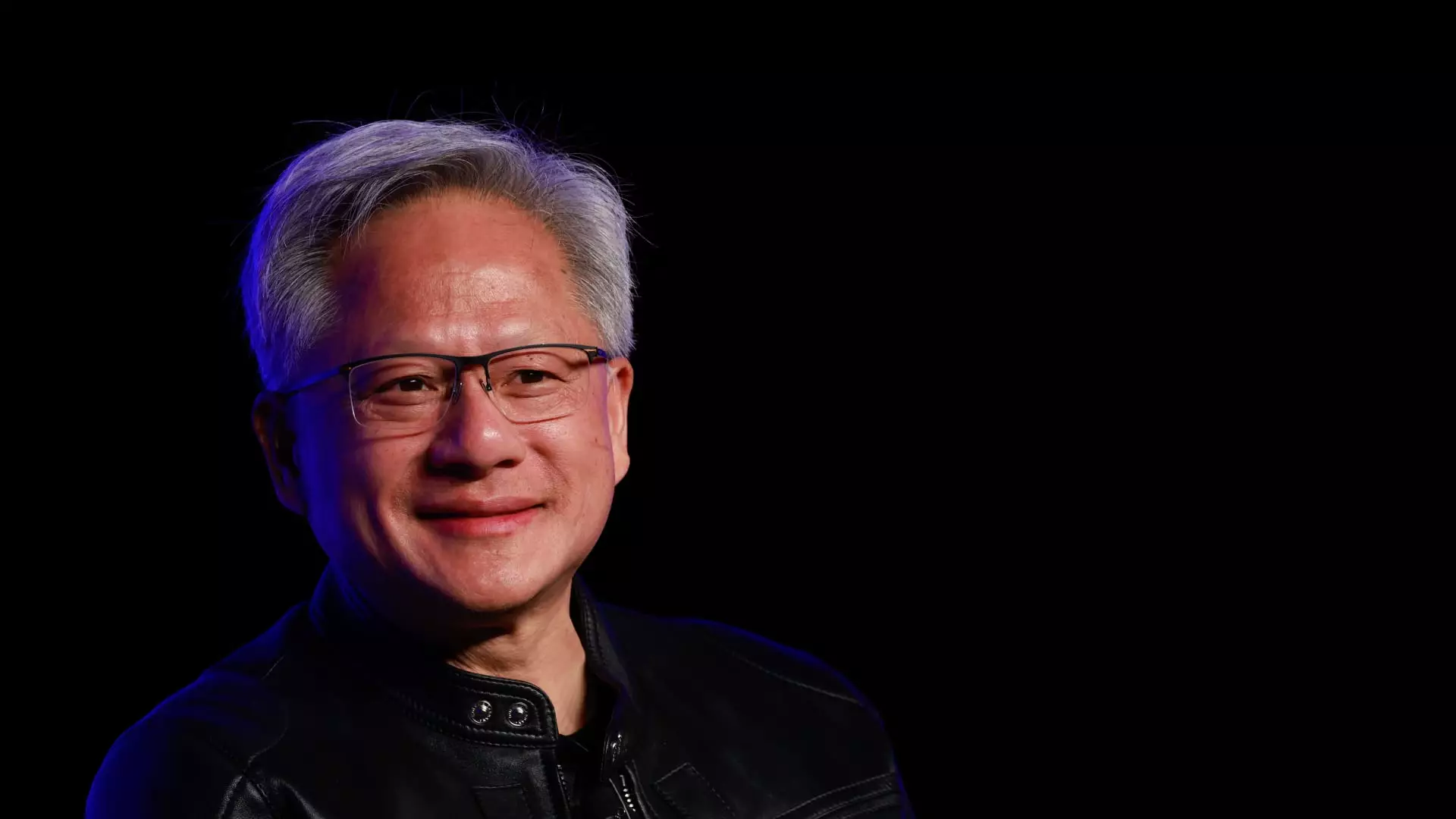Artificial intelligence (AI) is reshaping the technological landscape, tearing down barriers that have long stood between users and the tools they employ. Nvidia’s CEO, Jensen Huang, illuminated the transformational potential of conversational AI during his keynote at London Tech Week, coining it as a “great equalizer.” Huang’s assertion centers on the idea that AI democratizes programming, enabling individuals to communicate with machines using natural language, rather than the more cryptic syntax of traditional programming languages like C++ or Python. This revolutionary shift not only enhances accessibility but also redefines what it means to interact with technology.
Historically, the realm of computing has been heavily guarded by a select group proficient in complex coding/scripts, often deterring those lacking technical finesse. Huang’s comparison of the new programming language to “human” suggests a significant pivot from traditional methodologies. By effectively enabling anyone, regardless of technical expertise, to engage in programming practices via conversational AI, we can foresee a surge in innovation and creativity across various sectors. This model fosters an environment where users can express their needs—whether generating code, creating content, or solving problems—without the necessity to master a programming language.
The Conversational AI Surge
The spotlight on conversational AI was firmly established with OpenAI’s ChatGPT, which captivated millions upon its release in 2022. With reports of 400 million weekly active users, the chatbot’s rise signifies a collective shift toward comfortable user interaction with AI. Users can now voice questions or commands in a conversational tone, receiving responses that mirror human dialogue rather than mechanical output. This accessibility breeds a new level of engagement, allowing for more intuitive interaction.
Moreover, the AI landscape is crowded with formidable players, each expanding on the capabilities showcased by early adopters like ChatGPT. Companies like Google with its Gemini and Microsoft with Copilot are progressing this technology further, enhancing conversational nuances and user adaptability. These developments indicate that conversational AI is not just a passing trend; it represents a paradigm shift in user-computer relationships, steering us toward digital synergies that were once thought impossible.
Redefining Creative Expression
Huang underscored the innovation potential within this newfound capability by demonstrating how easily users can command AI systems to perform creative tasks. For instance, asking an AI to compose a poem about a tech event reflects the seamless integration of creative expression within AI’s functional spectrum. The simplicity of such exchanges—where one can instruct an AI with ease and see a meaningful result—challenges long-held beliefs about the exclusivity of creative talents.
As Huang illustrated with his example, not only can users request a product but they can also refine it through subsequent interactions. This iterative process mirrors how humans provide feedback to each other, emphasizing that AI is here as a complement, not a replacement. The insights generated through this collaborative form of communication can inspire original ideas and solutions, illuminating paths toward innovation that might have otherwise remained unexplored.
Embracing a Technological Future
As AI technologies continue to evolve, the business landscape is shifting. Increasingly, organizations like Shopify, Duolingo, and Fiverr are promoting the integration of AI into their work environments. Huang advocates for such adaptability, underscoring AI’s role in enhancing productivity and enabling workers to elevate their contributions within their respective fields. He addresses concerns surrounding job displacement, advocating instead for a mindset shift where increased facility with AI tools equips employees to be invaluable assets.
The implications for future generations are also promising. Young people are already adept at navigating these new conversational interfaces, indicating that this technology will soon become second nature rather than a specialized skill. A future where the next wave of professionals operates comfortably within AI-augmented environments could lead to unparalleled advances across education, the arts, engineering, and beyond.
Through Huang’s vision, one thing is clear: AI is not merely a tool but rather a partner in innovation and creativity. By embracing the ease of human-centered programming, we have the potential to harness the vast capabilities of technology, unlocking a future that thrives on collaboration, creativity, and boundless opportunity.

